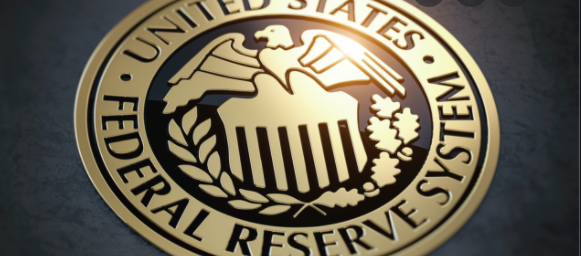Virendra Pandit
New Delhi: Inflation in the United States jumped at its fastest pace in nearly 40 years in December 2021, a 7 percent spike from a year before, that has increased household expenses, ate into wage gains, and enormously pressured President Joe Biden and the Federal Reserve to address what has potentially become the biggest threat to the US economy.
In 2021, prices shot up for cars, gas, food, and furniture during a rapid recovery from the pandemic-imposed recession. Average Americans, who got pay hikes, ramped up spending amid shortages of workers and raw materials that have squeezed supply chains, the media reported on Thursday.
According to a US Labor Department report, except for fluctuating food and gas prices, the so-called core prices surged 0.6 percent from November to December. Year over year, core prices jumped 5.5 percent in December, the fastest increase since 1991.
Increasing prices nullified the healthy pay increases many Americans received, making it harder for households, especially lower-income families, to afford basic expenses.
Inflation became the main public issue in America as it displaced even the coronavirus pandemic as a prime concern and turned up the political heat on President Biden and Congressional Democrats.
A major portion of inflation is because of the pandemic-driven mismatches between demand and supply. Used car prices soared over 37 percent last year because new car production has been restrained by shortages of semiconductors.
Higher prices and shortages at US grocery stores also grew in recent weeks as additional problems, like the Omicron variant and severe weather, compounded supply chain problems.
On Tuesday, Federal Reserve chair Jerome Powell told US Congress that the Fed could speed up the interest rates hikes it plans to begin this year in case it is necessary to fight high inflation more aggressively.
The Fed could raise benchmark short-term rate, now pegged near zero, three times this year. Many economists envision four Fed rate hikes in 2022, according to the media.
These hikes would likely increase borrowing costs for home and auto purchases and for business loans, potentially slowing the economy. It will also mark a sharp reversal in policy by Fed policymakers, who, in September 2021, were unsure whether to raise rates even once that year.
With the Biden administration facing public discontent over the rise in inflation, the President said investments in ports, roads, bridges, and other infrastructure would help by loosening snarled supply chains.

